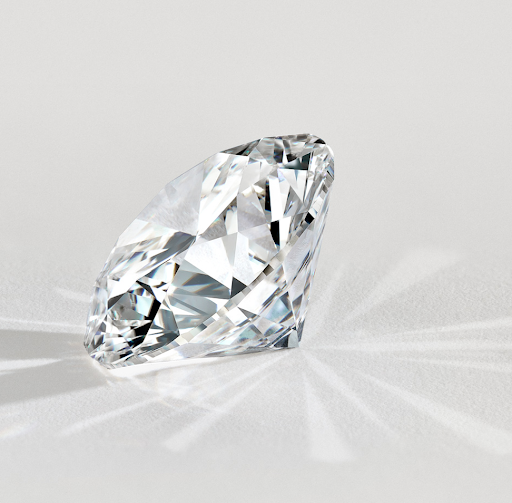Diamonds have long been associated with love, legend, and wealth, whether in the form of a family heirloom, antique jewelry, or an engagement or wedding ring. But a diamond, how much? Only a small percentage of diamond owners are aware of the unique characteristics of each diamond. Knowing the differences will help you get a fair price when selling a diamond.
Diamond owners rarely know what makes one diamond more valuable than another. These distinctions are critical to getting the best price when selling a diamond.
Even though diamonds are all made of carbon, each one is unique. The internal and external characteristics of a diamond are used to identify it. If polished diamonds have a monetary value, how is it calculated?
A diamond's value is determined by several factors. Professionals in the diamond industry follow specific guidelines to dispel misconceptions about diamond quality and value. The Gemological Institute of America's 4 C's are used to value diamonds. Included:

Diamonds are valued by weight. In the past, carob tree seeds were used to balance scales, hence the term "carat" for diamonds.
200 milligrams (0.007055 ounces) = 1 carat The metric system divides carats into 100 points. A carat is equal to 0.5 carats.
The more weight a package has, the more expensive it is. This is also true for diamonds, but their value is influenced by other factors.
Colored diamonds are available in blue, pink, and yellow. The most common diamond color is white or colorless. A colorless diamond is more valuable.
A colorless diamond sparkles more because light can travel through it more easily and evenly. Diamonds come in a variety of colors, from colorless to yellow-brown, brown, and gray. Color alone can differentiate diamonds of the same cut, clarity, and carat weight.
The whiteness of diamonds is graded from "D" (colorless) to "Z" (noticeable color). Colored diamonds (blue diamonds) are graded differently and are more valuable the more intensely colored they are.
A diamond's color is assessed by comparing it to other round brilliant diamonds of the same color. It's critical to understand that color grade refers to body color, not face-up appearance.
Clarity describes a diamond's purity. The number and location of inclusions or blemishes on a diamond's surface determine its clarity. Less flawy diamonds are more valuable due to rarity.
All diamonds are graded and plotted ten times magnification. Clarity grades range from flawless to slightly cloudy.
The clarity characteristics of a diamond and their impact on the diamond's clarity grade are determined by five factors. Color and relief of inclusions and blemishes are measured. Diamonds are graded IF (Internally Flawless) and I3 (Internally Imperfect) (Included, Level 3).
A trained eye can distinguish diamonds up to a certain degree of clarity. A diamond's clarity determines its value and thus its price.
These characteristics and irregularities can either add or subtract to a diamond's value. The clarity of a diamond distinguishes it from other diamonds, and informs gemologists and scientists.
As a result, a diamond's value and brilliance can be altered by its cutter.
A diamond's cut determines how much light it reflects. The perfect diamond cut allows the perfect amount of light to interact with all of its facets and return to the viewer's eye, bringing out the stone's fire and beauty.
The cut is defined by its three optical effects.
Remember that the rarity of one or more of the Four Cs affects the price of a diamond. Due to their rarity, larger diamonds cost more per carat. Colorless diamonds are also much rarer than yellow or gray-tinged diamonds.
Sell your diamonds with ease with Diamond Registry’s comprehensive approach and vast global industry connections to help you find the best buyer for your diamond fast. Visit www.diamondregistry.com/sell-your-ring to take your first step to fast, easy and reliable way of selling your diamond.
Want to check and calculate diamond per carat instantly? Go to DR’s diamond price calculator www.diamondregistry.com/diamond-price-list/#calc-move-to to know how. Reliable and trusted carat calculator in the diamond industry since!

